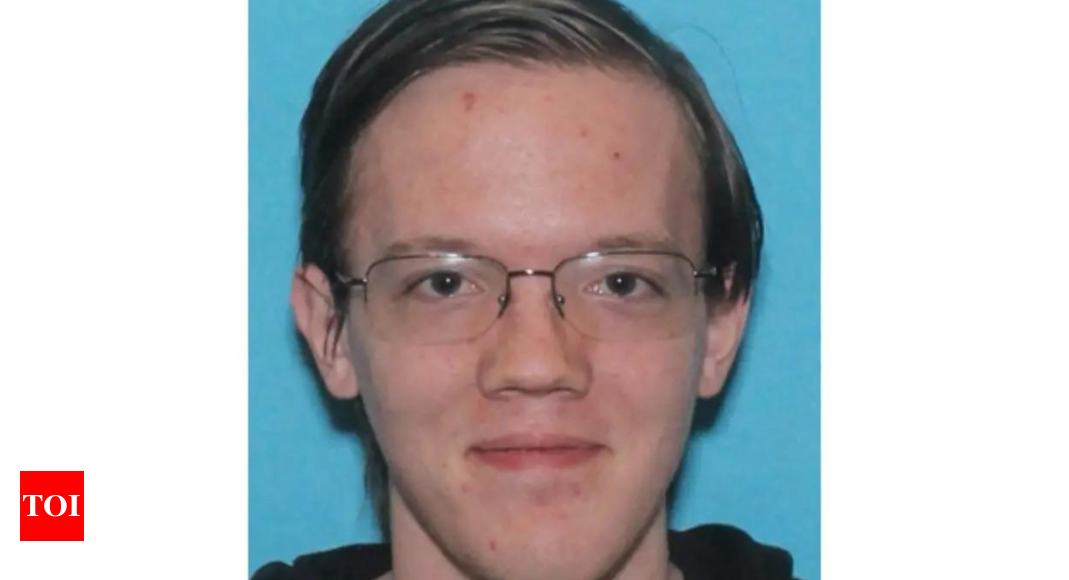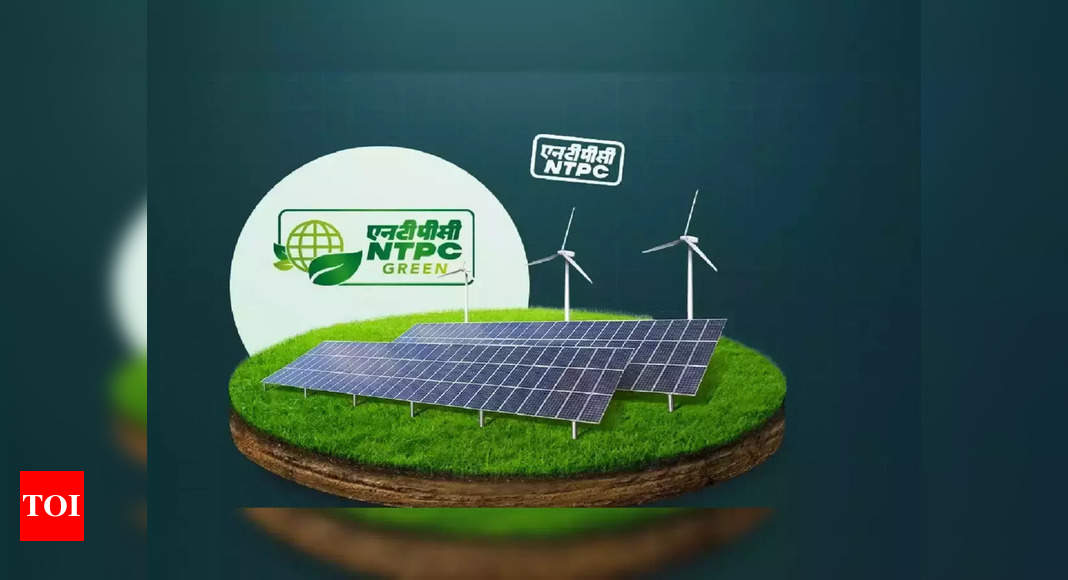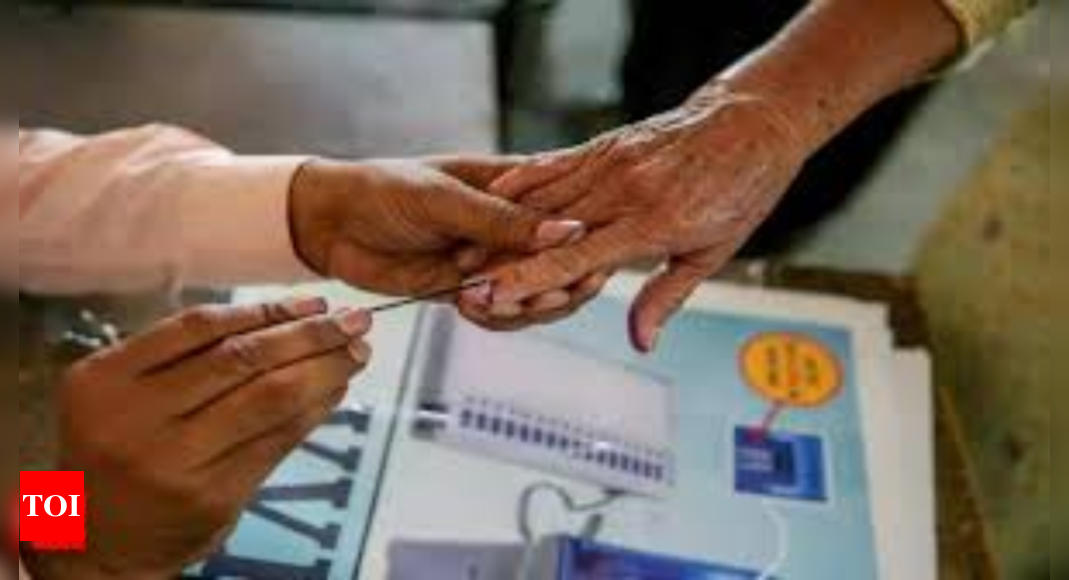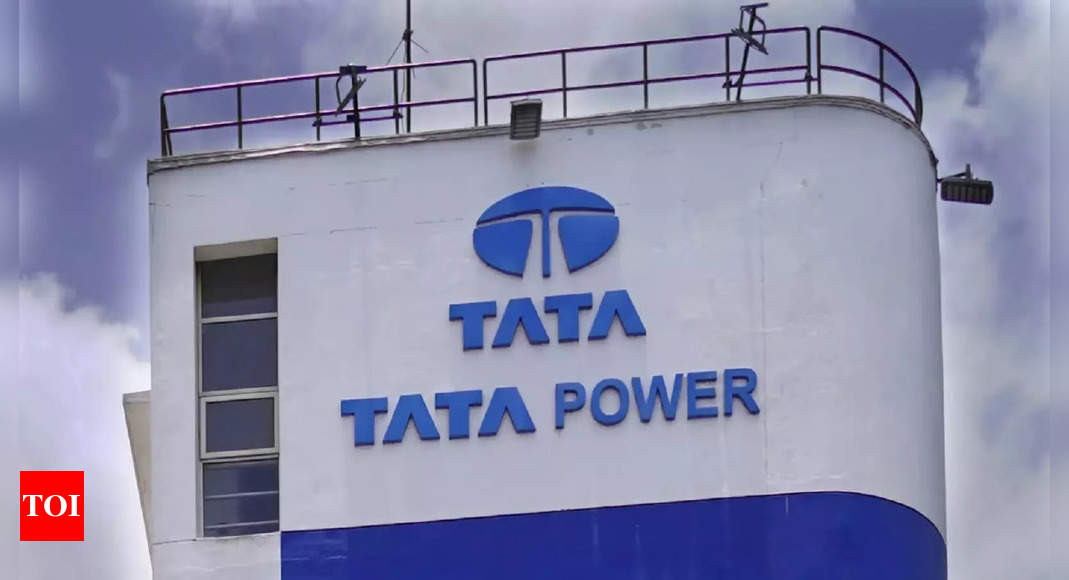
Police identified the Pennsylvania man attempting to assassinate Donald Trump over an hour before the July 13 shooting at a rally and took a photo that was shared among law enforcement, an FBI official disclosed. Thomas Crooks, the 20-year-old gunman, was identified as a suspicious person, but still managed to carry out the shooting before being killed by a Secret Service agent, reported Reuters.
Kevin Rojek, special agent in charge of the FBI’s Pittsburgh field office, revealed that law enforcement had identified the gunman early. “The shooter was identified by law enforcement as a suspicious person,” Rojek said at a briefing about the incident. A local officer photographed Crooks and shared the image with other officers at Trump’s rally. About 30 minutes later, SWAT team operators observed Crooks using a rangefinder and browsing news sites.
Crooks was seen carrying a backpack at 5.56 pm (local time), less than 20 minutes before the shooting. At 6.08 pm (local time), he was captured on a police dashboard camera walking on the roof from where he eventually fired the shots, according to Rojek.
The FBI is building a timeline of the events, though it is not responsible for investigating any security lapses in Trump’s protection. The motive behind Crooks’ actions remains unclear. He had searched online about previous mass shootings, improvised explosive devices, and the attempted assassination of the Slovakian prime minister in May, FBI officials noted.
Though Trump has been highly critical of the FBI, he has agreed to participate in a standard victim’s interview. “We want to get his perspective,” Rojek said. He confirmed Trump was hit by a bullet, though it was not clear whether the bullet was whole or in fragments.
Crooks, described as a loner with a very limited social circle primarily consisting of immediate family, had used encrypted applications to make 25 firearm-related purchases and acquire six chemical precursors used for making explosives, according to the FBI. His parents, who have been cooperative with the investigation, did not find his interest in science and experiments suspicious.
Kevin Rojek, special agent in charge of the FBI’s Pittsburgh field office, revealed that law enforcement had identified the gunman early. “The shooter was identified by law enforcement as a suspicious person,” Rojek said at a briefing about the incident. A local officer photographed Crooks and shared the image with other officers at Trump’s rally. About 30 minutes later, SWAT team operators observed Crooks using a rangefinder and browsing news sites.
Crooks was seen carrying a backpack at 5.56 pm (local time), less than 20 minutes before the shooting. At 6.08 pm (local time), he was captured on a police dashboard camera walking on the roof from where he eventually fired the shots, according to Rojek.
The FBI is building a timeline of the events, though it is not responsible for investigating any security lapses in Trump’s protection. The motive behind Crooks’ actions remains unclear. He had searched online about previous mass shootings, improvised explosive devices, and the attempted assassination of the Slovakian prime minister in May, FBI officials noted.
Though Trump has been highly critical of the FBI, he has agreed to participate in a standard victim’s interview. “We want to get his perspective,” Rojek said. He confirmed Trump was hit by a bullet, though it was not clear whether the bullet was whole or in fragments.
Crooks, described as a loner with a very limited social circle primarily consisting of immediate family, had used encrypted applications to make 25 firearm-related purchases and acquire six chemical precursors used for making explosives, according to the FBI. His parents, who have been cooperative with the investigation, did not find his interest in science and experiments suspicious.









